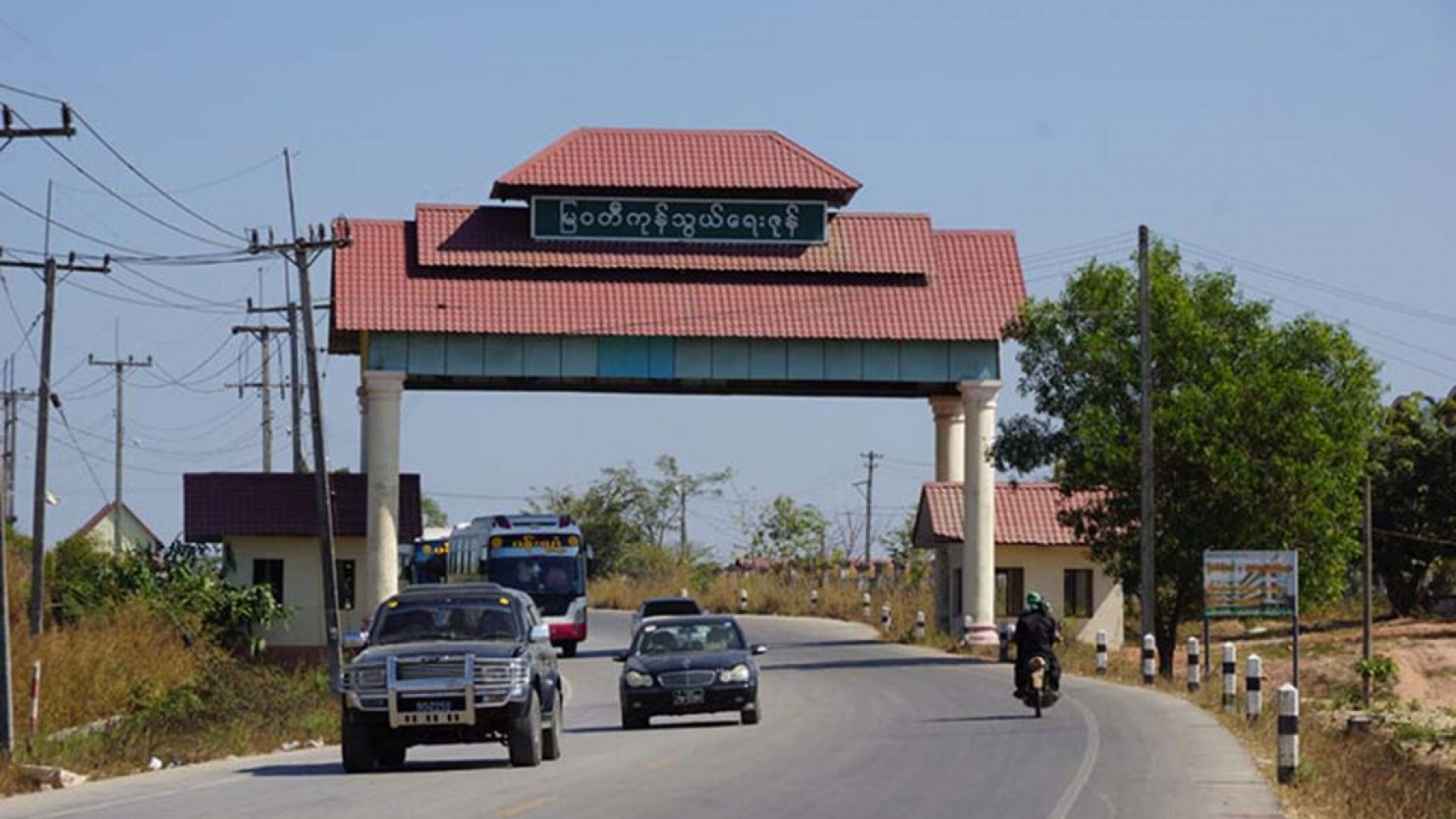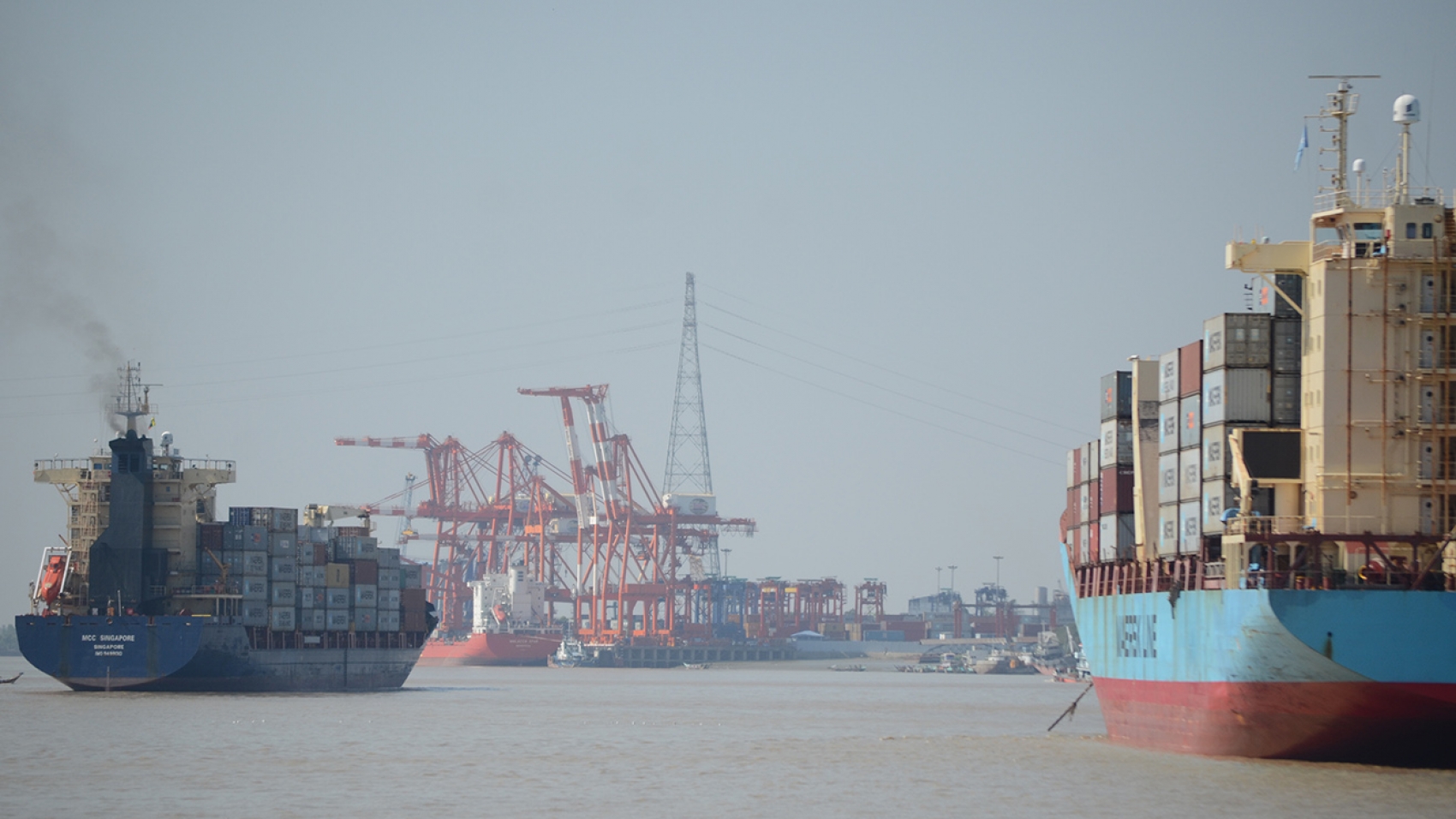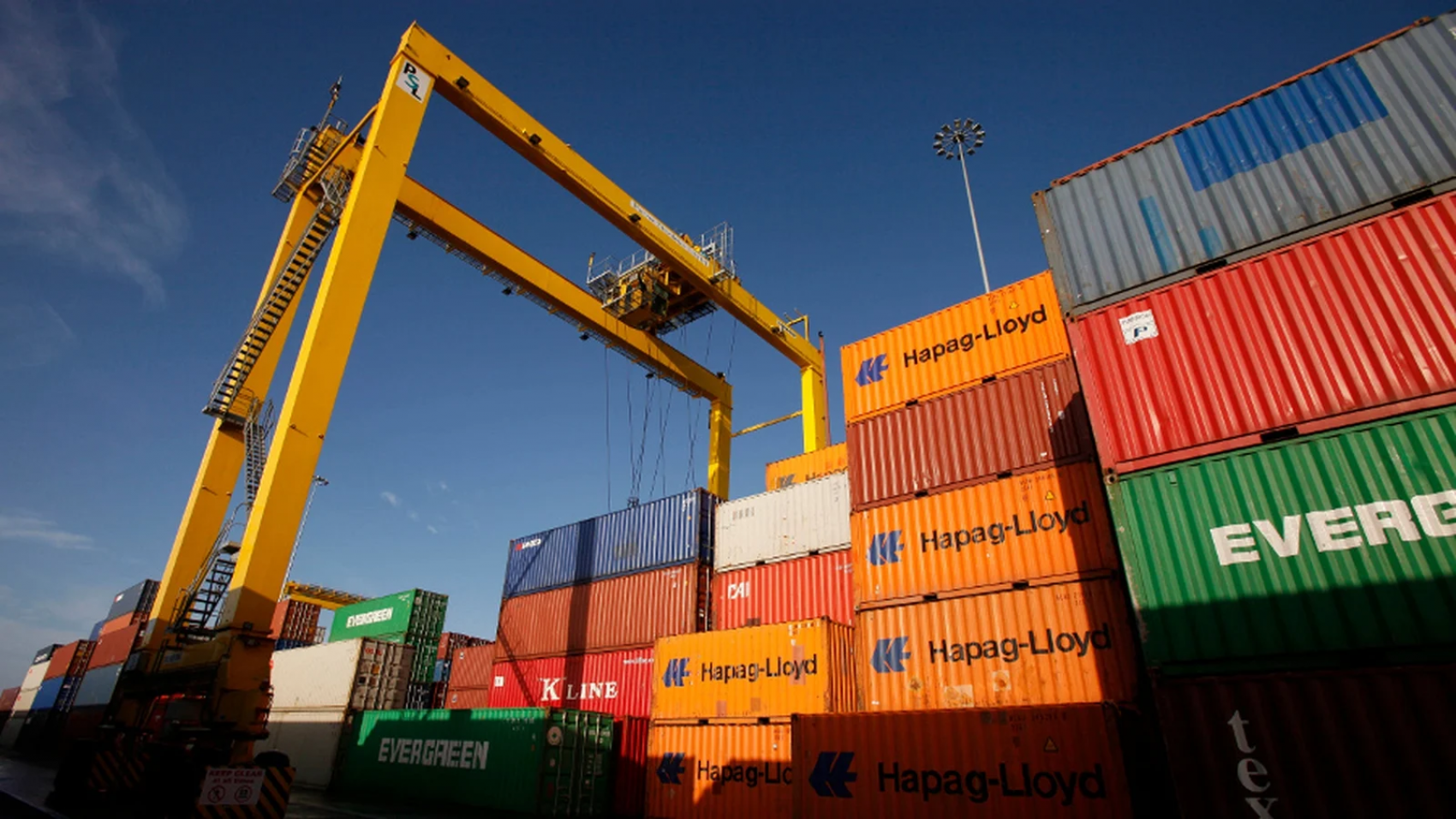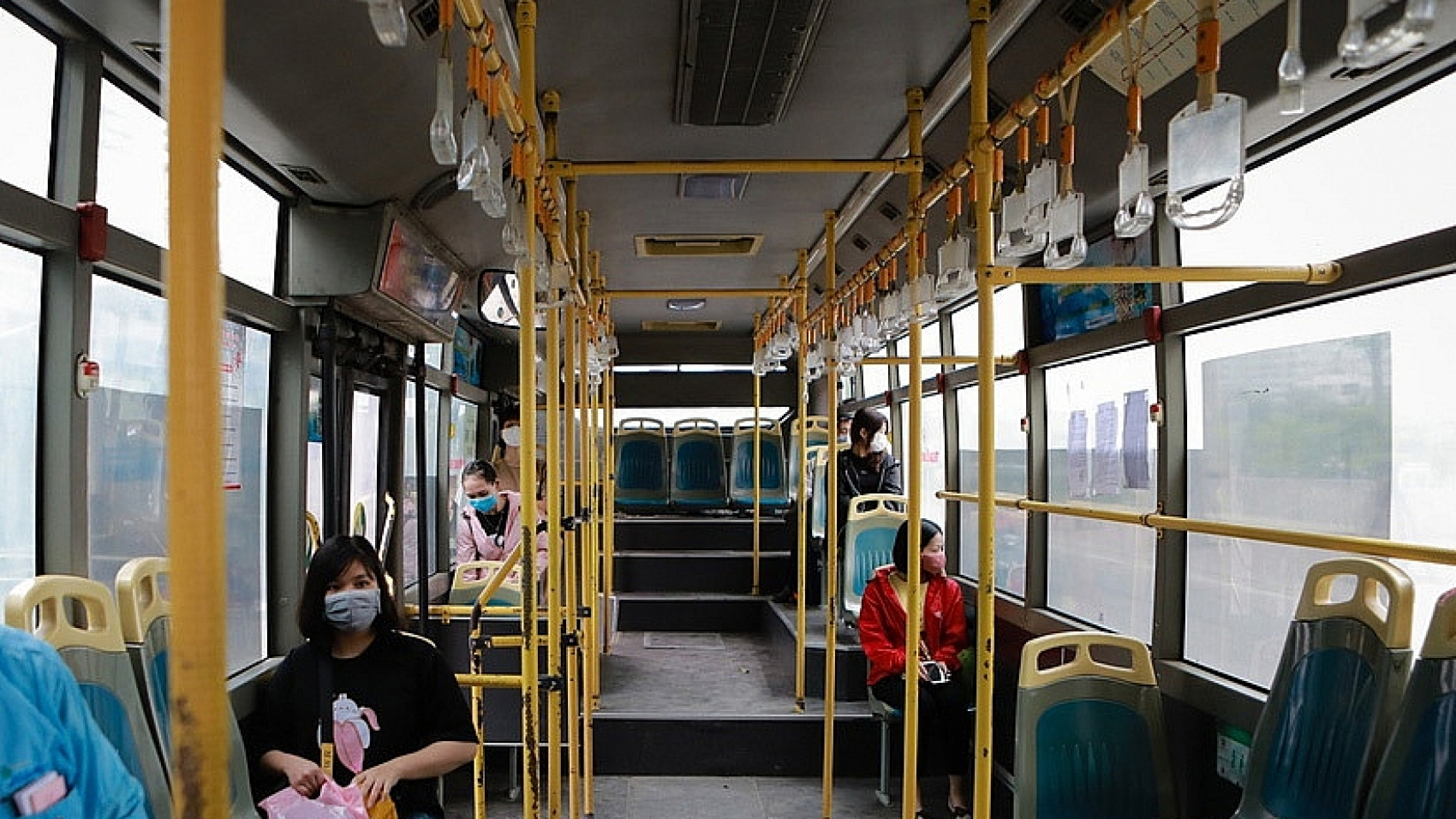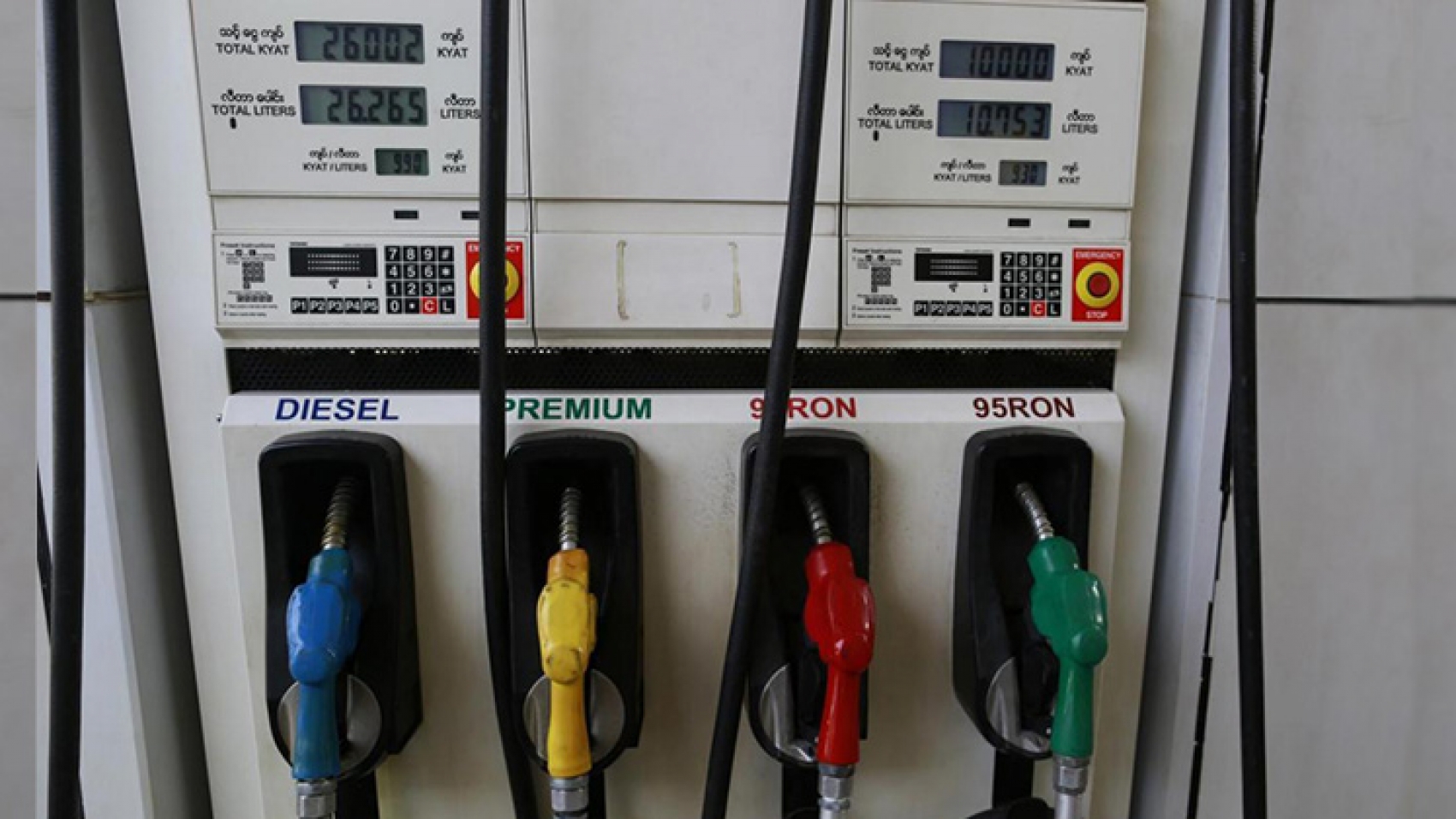During the week ending 20 September, the prices of onion and sugar bounced back at Bayintnaung Wholesale Market. Meanwhile, the prices of palm oil and chilli pepper slid again. Also, Chinese potato and black gram prices fell. Sugar fetched K2,550 per viss (a viss equals 1.6 kilogrammes) in the wholesale market.
Onion
The prices of large onions declined to K2,800 and Chinese onion prices plunged to K1,800 per viss. The price rose again on 17 September after the significant drop in supply to Yangon markets. About 42,000 visses of onions on 16 September and 36,000 visses of onions on 17 September were supplied to Yangon markets. Onions from the Seikphyu area did not enter the market then.
Following the entry of 72,000 visses of onions on 20 September, only onions from the Seikphyu area were set price at K2,800-3,200 per viss in the wholesale market. On 20 September, the maximum price of onions was K3,100 per viss at Seikphyu commodity depot and K3,000 per viss of onions at Pakokku commodity depot, according to the price data of those two regions.
Chinese onions were sold at K2,500 after the processing process. The price of Chinese onions which have the same size as those from Myittha Township stood at K2,650 per viss.
Garlic
On 20 September, the wholesale prices of garlic from Shan State (Aungban area) moved in the range of K2,800-4,000 per viss while Kyukok garlic fetched K4,000 per viss. The prices dropped from K4,200-4,800 per viss recorded in the previous weeks.
Potato
The price of Chinese potatoes decreased to K2,150 on 19 and 20 September after it hit K2,500 per viss.
Shan potatoes were priced at K1,500-1,700 per viss depending on quality. However, big potatoes are not found in the markets.
Chilli pepper
After chilli pepper hit the record price of K19,000 per viss for the second time, the rate went down to K17,000 per viss.
Palm oil
The wholesale reference price of palm oil in the Yangon Region this week declined by K40 per viss compared to the last week’s price. The reference price for a week from 19 to 25 September was set at K4,690 per viss.
Consequently, palm oil is volatile in the markets. The wholesale prices fluctuated at K7,600-7,800 per viss on 14 September, K8,800-8,900 on 17 September, K8,500-8,600 on 19 September and K8,000-8,200 on 20 September respectively.
Rice
Monsoon paddy harvest began. Low-grade rice started to enter Yangon markets at K42,000 per bag. The export price of broken rice was high at around K40,000 per bag. The prices of both high-grade and low-grade rice were stable in low demand. The prices are expected to slightly decline, traders aired their opinions.
Pulses
On 20 September, the prices of black gram (RC) slid below K2 million per tonne again after price fluctuation. The prices of various pulses stood at over K1,980,000 per tonne of black gram (Fair Average Quality/RC), K2,310,000 per tonne of black gram (Special Quality/RC) and K2,170,000 per tonne of pigeon pea (red gram) RC in Yangon and markets.
Source: The Global New Light of Myanmar

